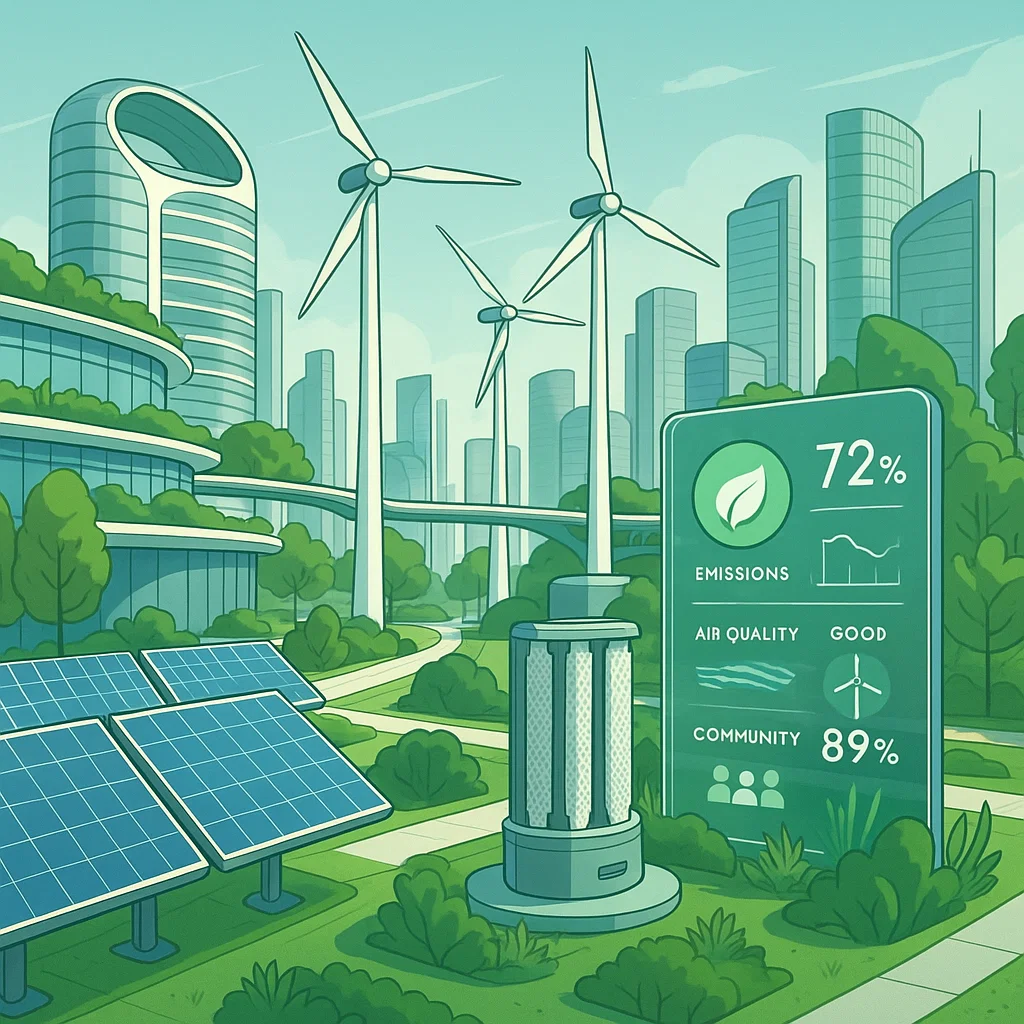Environmental challenges demand innovative technological solutions that can scale rapidly and gain widespread adoption to create meaningful impact. Like effective Rupvote campaigns that require strategic planning, timing, and community engagement to succeed, environmental technologies must capture public attention, demonstrate clear value, and build momentum for broader implementation.
Understanding how technology can address climate change, pollution, and sustainability challenges reveals exciting opportunities for transformative solutions that benefit both the planet and human civilization. Environmental technology adoption needs community support and systematic implementation to achieve meaningful impact.
Renewable Energy Advancement
Solar and wind technologies have achieved remarkable efficiency improvements while dramatically reducing costs, making clean energy competitive with fossil fuels in most markets. Advanced battery storage systems now provide grid stability and enable renewable energy use during non-production periods. Smart grid technologies optimize energy distribution, reducing waste and improving reliability.
These innovations demonstrate how technological progress can address environmental challenges while creating economic opportunities.
Carbon Capture and Storage Solutions
Emerging technologies actively remove carbon dioxide from the atmosphere through direct air capture, enhanced weathering, and biological sequestration methods. Industrial facilities now integrate carbon capture systems that prevent emissions from reaching the atmosphere while creating valuable byproducts. Ocean-based solutions harness natural processes to increase carbon absorption capacity. These approaches offer hope for reversing climate change effects rather than merely slowing their progression.
Waste Management Innovation

Advanced recycling technologies break down previously non-recyclable materials into reusable components, dramatically reducing landfill waste. Bioengineered organisms consume plastic pollution and convert it into harmless compounds.
Smart sorting systems use artificial intelligence to optimize recycling processes and reduce contamination.
If used correctly, the introduction of these solutions will significantly help in enhancing material recovery. Not only that, it will pave way for the economy to repurpose waste.
Precision Agriculture Technologies
Satellite monitoring, drone surveillance, and soil sensors enable farmers to optimize resource usage while maximizing crop yields. Precision irrigation systems deliver water exactly where and when needed, reducing consumption by significant percentages. Genetic engineering creates crops that require fewer pesticides and fertilizers while providing enhanced nutrition. By integrating AI for agricultural automation, it helps in streamlining harvesting and planting while reducing labor costs.
Ecosystem Restoration Tools
Technology-assisted reforestation employs drones to plant seeds across vast areas with precision targeting and optimal spacing. Coral reef restoration uses 3D printing to create artificial reef structures that support marine ecosystem recovery. Biodiversity monitoring systems track species populations and habitat health through automated sensors and camera networks, enabling proactive conservation efforts that prevent ecosystem collapse before it occurs.